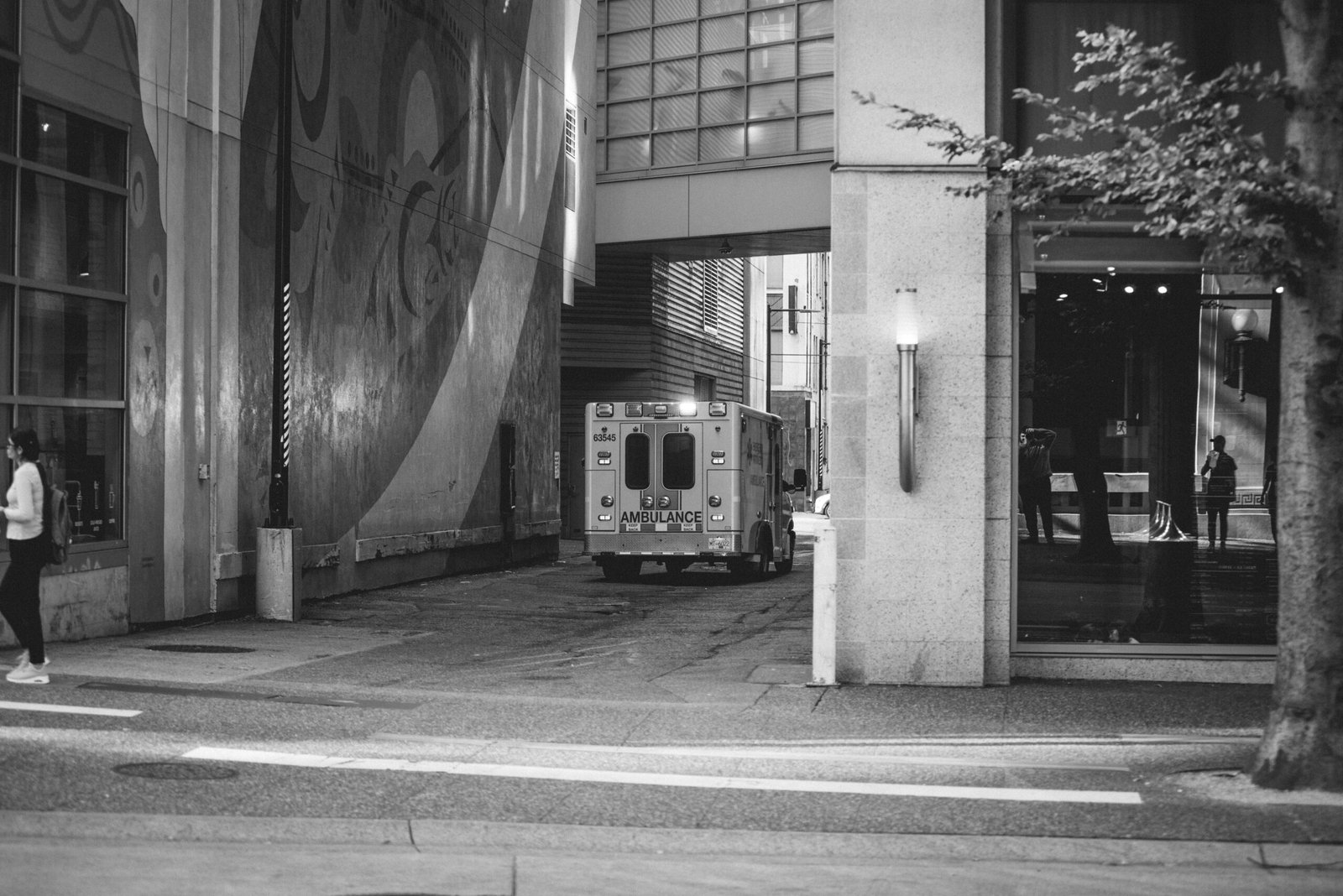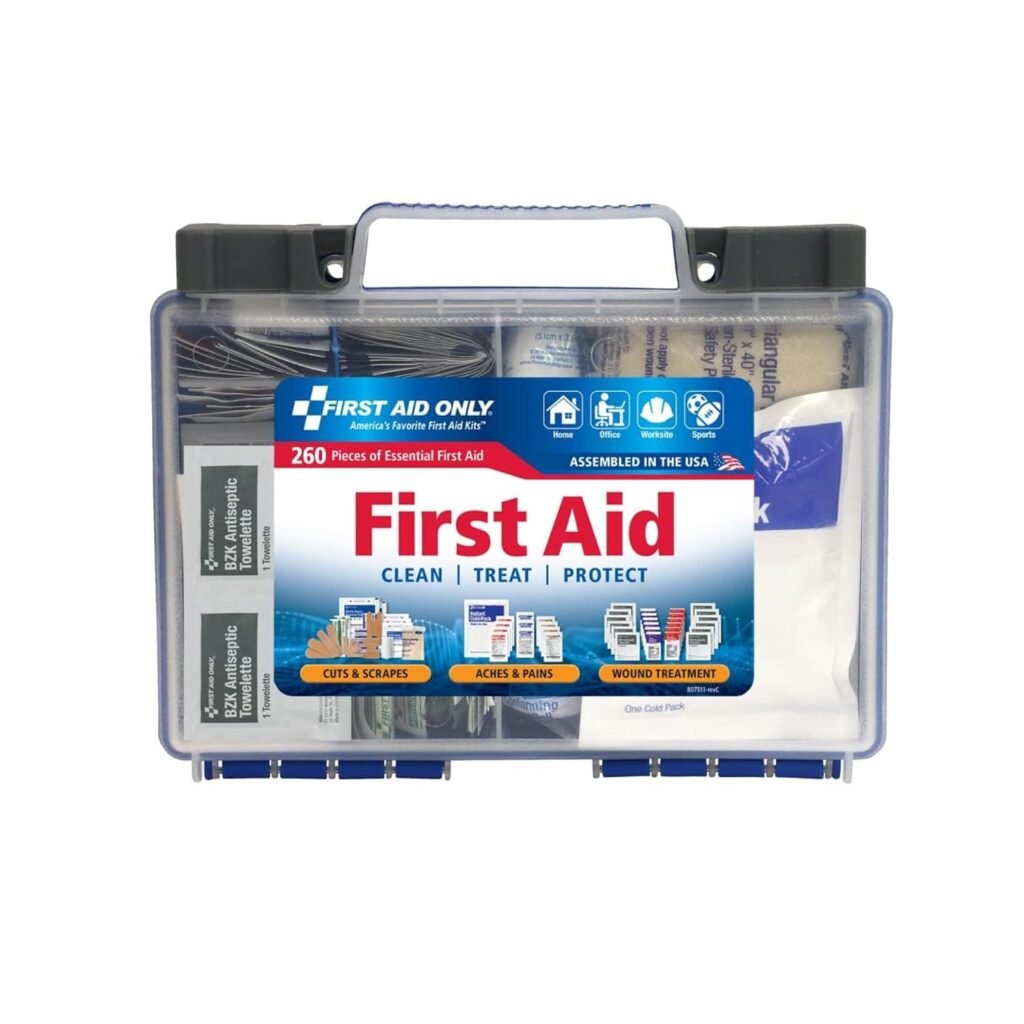The Importance of a Medication List
Maintaining an organized medication list is crucial for managing one’s health effectively. This comprehensive record should include all prescription medications, over-the-counter drugs, vitamins, and supplements that an individual may be taking. The significance of such a list cannot be understated, as it serves as an essential tool for healthcare providers to ensure the safe and correct use of medications. According to the Centers for Disease Control and Prevention (CDC), a substantial percentage of adults in the United States manage multiple medications daily, making a medication list vital for preventing errors.
Inappropriate medication management can lead to grave consequences such as adverse drug interactions and medication errors. For instance, individuals may unknowingly take medications that interact negatively with each other, which can exacerbate existing health issues or cause new problems. A medication list mitigates this risk by providing healthcare professionals with crucial information at every consultation or treatment session. This proactive approach not only fosters effective communication between patients and their healthcare team but also enables providers to design safer and more personalized treatment plans.
Furthermore, a well-maintained medication list can be lifesaving during medical emergencies. In situations where quick decisions must be made, having clear access to what medications a patient is currently taking can aid emergency medical professionals in administering appropriate care. Moreover, statistics indicate that the risk of hospitalization due to medication mishaps significantly decreases when patients are vigilant about their medication tracking, reinforcing the necessity of an organized list. Thus, it is paramount for individuals to take the time and effort to compile an accurate medication list, contributing to their overall health and well-being.
How to Create Your Medication List
Creating a comprehensive medication list is essential for managing health effectively. The first step in this process is to select a format that suits your lifestyle best. Some individuals may prefer a handwritten list, which can be easily updated as medications change. Others might find digital solutions more convenient, utilizing smartphone applications specifically designed for medication management. For those who appreciate structure, downloadable templates are available that can guide the user in documenting relevant details.
Regardless of the method chosen, it is crucial to ensure the medication list includes specific information. Each entry should document the medication’s name, as well as its strength and purpose. It is essential to detail usage instructions to mitigate any confusion regarding dosage and timing. In addition, noting any potential side effects can aid in recognizing adverse reactions and facilitate prompt communication with healthcare providers.
Moreover, incorporating relevant medical history into the list is a pivotal aspect of medication management. This includes known allergies, previous adverse reactions to certain medications, and emergency contact details. Having such information readily available can be invaluable during medical emergencies or consultations with healthcare professionals.
When creating medication lists for family members, it is advisable to customize the documentation according to each individual’s specific needs. For example, children’s medications may require different formats, while managing a senior family member’s list may necessitate greater emphasis on dosage schedules and reminders. Ensuring that each family member’s medication list is up-to-date enhances care coordination, ultimately contributing to better health outcomes.
Maintaining Your Medication List: Best Practices
Maintaining an accurate and up-to-date medication list is a fundamental practice for effective health management. Regularly reviewing this list is crucial; it is recommended to examine it at least once a month or whenever a new prescription is filled. This ensures that any changes in your healthcare routine are reflected promptly, allowing for better health monitoring and avoiding potential medication errors.
Whenever there is a change, such as the addition of a new medication, a modification in dosage, or the discontinuation of an existing medication, it is vital to update your list immediately. This practice helps ensure that your healthcare providers have access to the most accurate and relevant information during medical appointments or emergencies. Furthermore, having a complete list can aid in identifying possible drug interactions, enhancing your safety and overall health outcomes.
There are various methods to keep your medication list accessible. Utilizing a health app on your smartphone can make it easy to track your medications and receive reminders for dosage times. Alternatively, some opt for maintaining a printed copy, which can be kept in a convenient location at home. Regardless of the format you choose, the key is to ensure that the list is readily available to both you and those involved in your care, such as family members or caregivers.
Sharing this medication list with your support network is a practice that significantly enhances health management, especially before medical visits or in emergencies. By providing family members or caregivers with the latest information about your medications, they can better assist you in navigating healthcare decisions and emergencies effectively. These practices can lead to better health outcomes and a more coordinated approach to your medication management.
The Role of a Medication List in Emergency Situations
In emergency situations, the ability to provide critical health information can be significantly hampered by various factors, such as unconsciousness, shock, or language barriers. This is where a well-maintained medication list becomes not only useful but essential. First responders and healthcare providers rely heavily on accurate and timely information to make informed decisions regarding patient care. Having a medication list readily available can facilitate quicker responses and appropriate treatments when every second counts.
Consider a scenario where an individual is involved in an accident and is unable to communicate their medical history or current medications. First responders arrive on the scene and have limited knowledge of the patient’s health status. Without a medication list, they may miss critical information regarding allergies, underlying conditions, or ongoing treatments, which may lead to inappropriate medication administration or delayed care. Conversely, if the medication list is accessible, emergency personnel can quickly verify the patient’s prescribed drugs, allowing them to administer care that aligns with the individual’s medical needs.
Moreover, the moral responsibility to be prepared for such unforeseen circumstances weighs heavily on all individuals. By maintaining an up-to-date medication list, individuals contribute to their own safety and that of others, ensuring healthcare professionals can provide optimal care during emergencies. In essence, having a medication list readily available not only aids in safeguarding health but can also significantly influence the outcome of emergency medical interventions. It promotes a proactive approach to health management—one that is crucial in times of crisis. Thus, the role of a medication list can be viewed not merely as a precaution but as a vital tool for survival and effective healthcare delivery.





